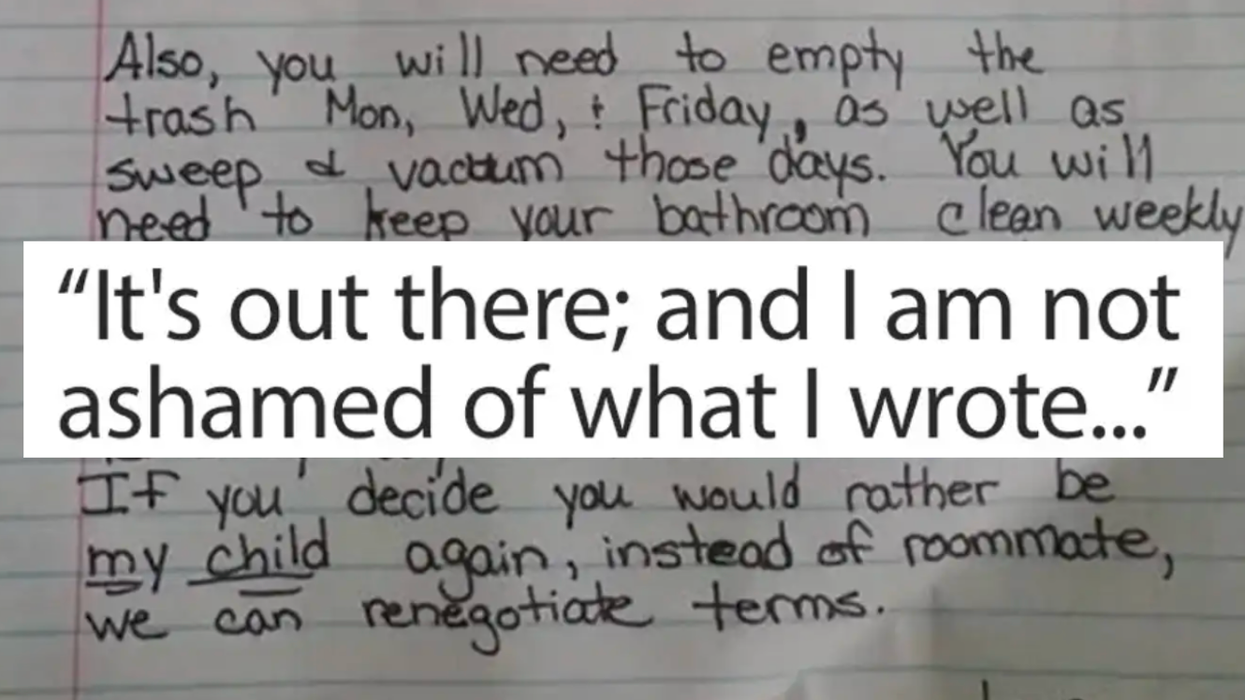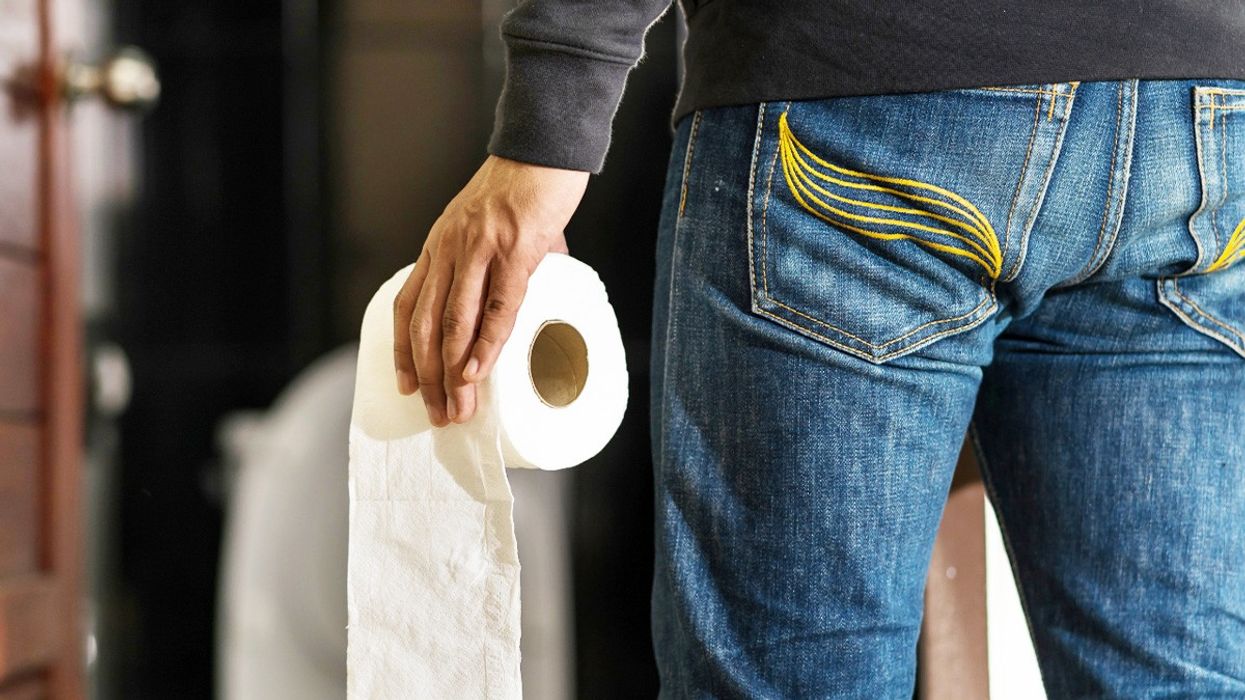The “take a penny, leave a penny” tray at your local convenience store is one step closer to going away. Since it was first issued in 1793, Americans have had a one-cent coin or three to jingle in their pockets. Now, after over 230 years, the last penny has been minted and sent into circulation.
While the remaining pennies will remain in circulation, the question is why isn’t the United States Treasury making any more? Well, if you’ve been shopping over the past decade, one can argue why. There are more payment options through debit cards, credit cards, phone apps, and online shopping that doesn’t require cash much less coins to use.
@kittypoptartyumm It costs more to make them then Pennie’s actually cost #pennies #discontinued
The other reason is the expense to make a penny. Every one-cent piece costs the government 3.69 cents to make, meaning that it takes nearly four pennies to make a single penny. The U.S. Treasury estimates that halting penny production would save the U.S. Mint around $56 million per year. They also argued that they penny wouldn’t be missed as they estimate that around 300 billion pennies are already in circulation.
“Today, the Mint celebrates 232 years of penny manufacturing,” said Kristie McNally, Acting Mint Director. “While general production concludes today, the penny’s legacy lives on. As its usage in commerce continues to evolve, its significance in America’s story will endure.”
You’ve probably read articles over the decades of folks arguing whether or not the penny should be saved, but businesses are already impacted and taking action in light of this news. Many cash-only businesses feel the pain given that they feel forced to round to the nearest nickel. While there are some businesses that will round prices down in favor of the customers, there are some critics that argue that the majority of businesses will use this as a “rounding tax” against consumers, impacting the poor the most because they tend to pay with cash more often.
@nbcdfw The United States is running out of pennies. Here's why you may be paying more when you use cash. #penny #pennies
Time will tell to see whether the penny will still last, but in the meantime in honor of the final printing, here are a few penny facts for your thoughts:
“Penny” used to refer to any coin
The U.S. penny is officially called the “one-cent piece” because “penny” actually refers to any English coin regardless of worth. Its root word is the German “Pfenning” and it evolved from there.
Lincoln is on the penny to honor his birthday
In 1909, President Teddy Roosevelt commissioned to have President Abraham Lincoln’s profile printed on our pennies to honor Lincoln’s 100th birthday. This also marked the first time American currency had a President’s likeness on it. The Lincoln Memorial was put on the back of the penny in 1959 to honor Lincoln’s 150th birthday.
Kevin Federline led a campaign to save the penny
In 2006, rapper and ex-husband of Britney Spears, Kevin Federline led a campaign alongside Virgin Mobile and American Common Cents to save the penny. The was after a bill was introduced in Congress in 2001 to eliminate it and debate to remove the penny rose once again.
@amazingamericatv These pennies could get you rich! 🤑That dusty coin jar in your kitchen might actually be your retirement plan.💸 Read the caption CAREFULLY to find out how and why⬇️ The U.S. Treasury just announced it will be stopping production of the humble one-cent coin🪙 Don’t worry… They’re not being banned, and the government isn’t going to come knocking on your door demanding your pennies. They’ll still be legal tender for the foreseeable future, so stores and banks can still accept them. A whopping 42% of American adults want the penny gone, and we literally throw away $68 million in coins every year. But think twice before tossing them out! Some of those soon-to-be-extinct pennies could rake in serious cash by 2050. Here’s some tips on how to find these pennies in your coin stash: • Use a bright light💡 • Look at pennies with a magnifying glass or your phone’s zoom camera.🔎 • Check dates first, focusing on anything pre-1982 (when pennies were still mostly copper). • Look for mint marks like “S” (San Francisco) or design quirks like double lettering or off-center prints. • Use a coin guide or trusted website to compare photos. What should you do with these pennies if you find them: For starters, don’t spend these rare pennies or exchange them at the bank. Make sure you’re storing them safely, using coin holders or airtight bags—humidity is not your friend. Next, get the coins in question authenticated by a reputable coin dealer or grading service (like PCGS or NGC). Once they’re authenticated, you can choose to save them and keep an eye on the market. When or if you decide to sell, you have three options: auction (Heritage Auctions and Stack’s Bowers are top choices), sell to a collector (often faster but possibly for less than auction value) or contact a rare-coin broker (they’ll take a cut, but it’s hassle-free).
Steel pennies were minted during World War II
In 1943, as a part of rationing materials for the war effort during World War II, the U.S. mint printed pennies made of steel rather than copper. While it was made with cheaper material then, these rare pennies have been sold for hundreds to thousands of dollars in the collectors market.
America’s first one-cent coin was designed by Benjamin Franklin
Founding father Benjamin Franklin designed the Fugio cent, the predecessor of the penny we know today. The front of the coin had the phrase “MIND YOUR BUSINESS” printed on it while the back had thirteen linked circles to represent the original colonies with the phrase “WE ARE ONE.”























